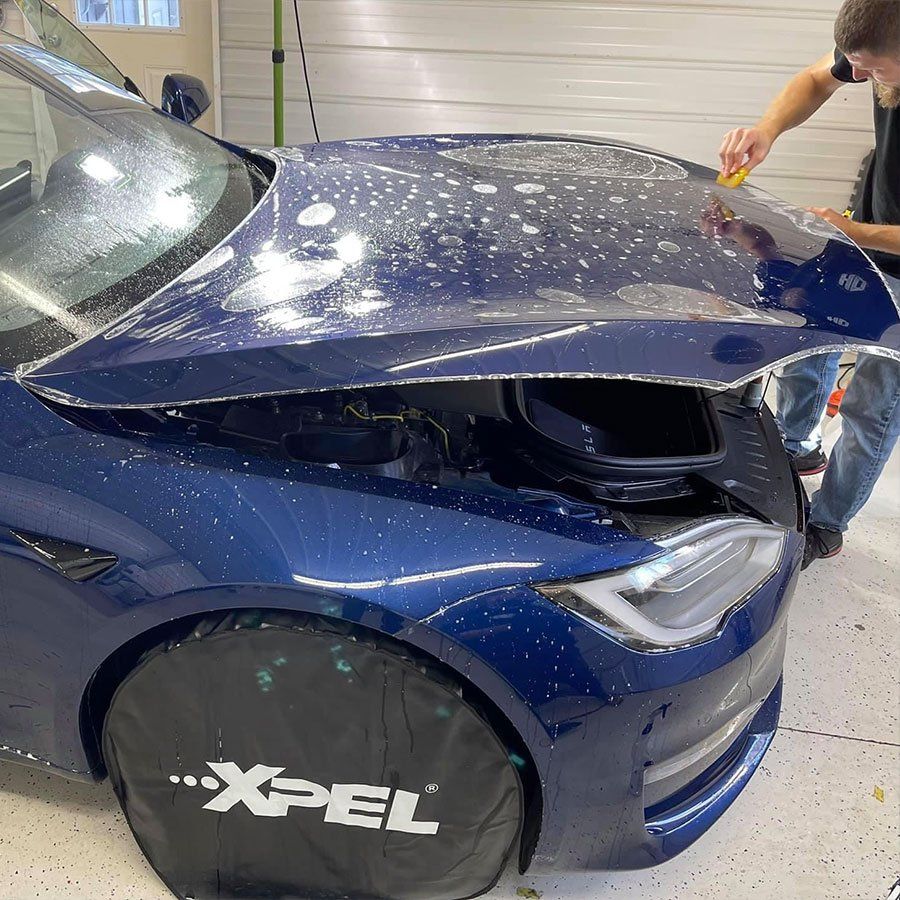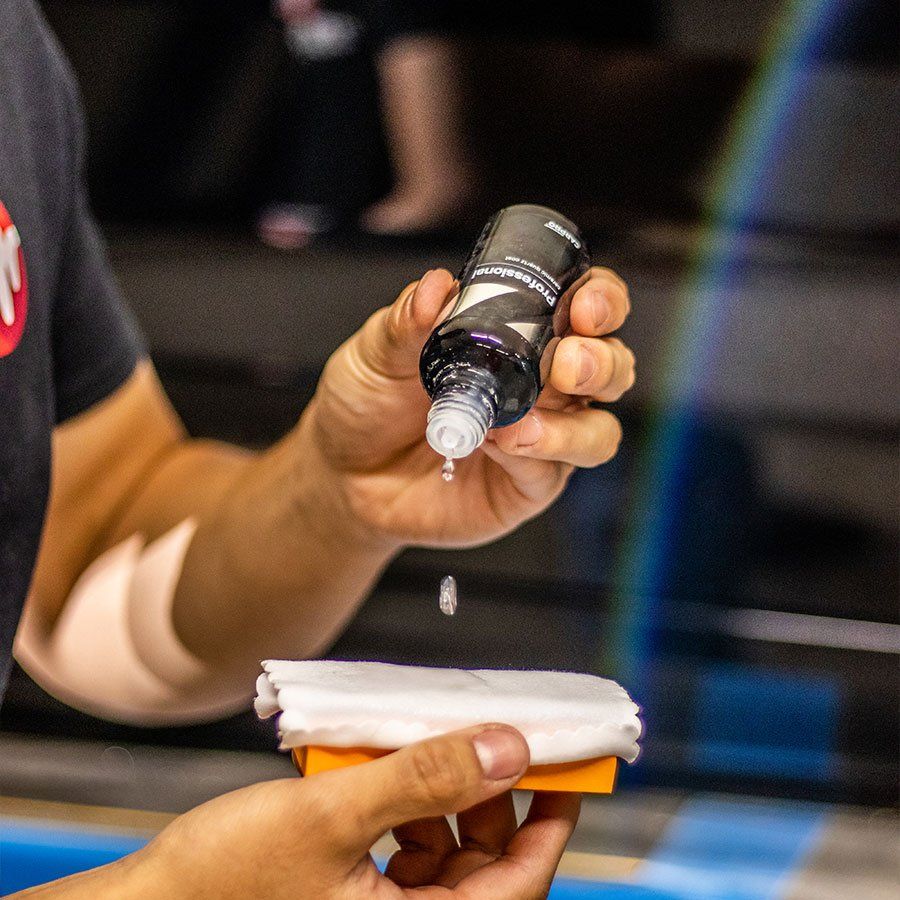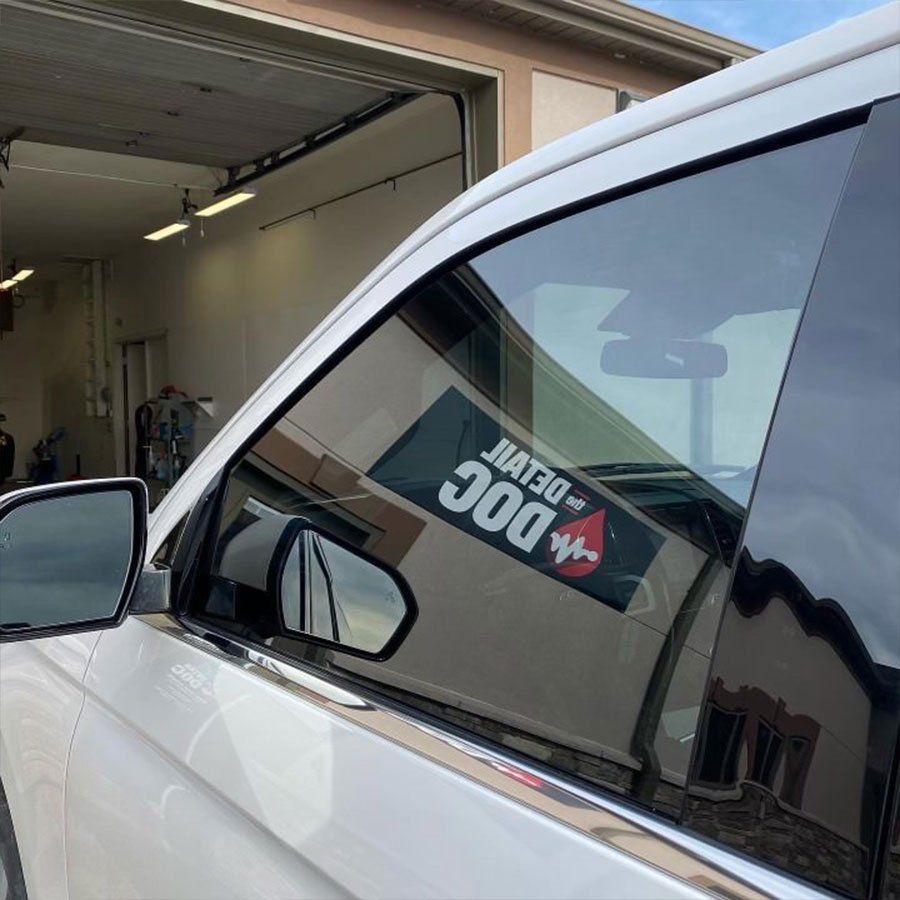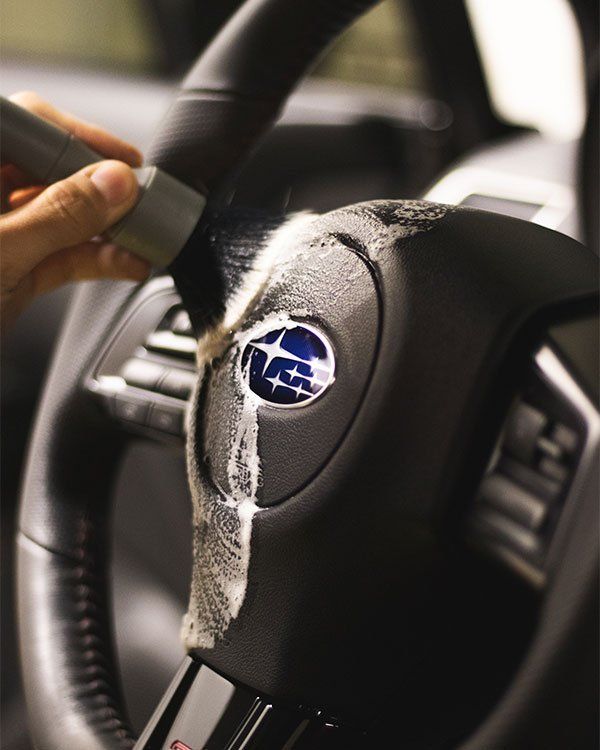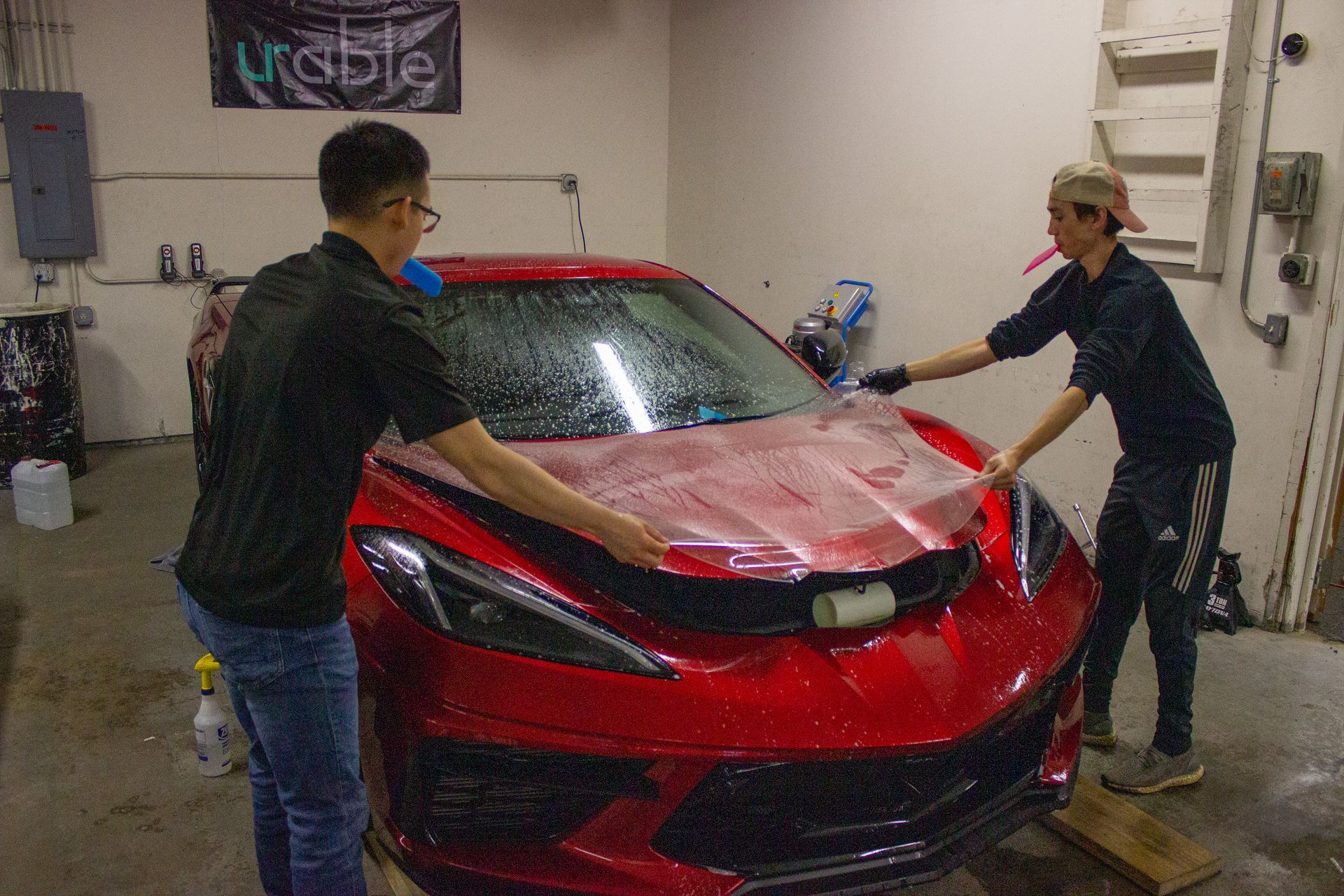The Detail Doc Blog
How Do You Prepare Your Car For Ceramic Coating Process?
(989) 244-0505 GET SCHEDULED NOWAs a car owner, you value your vehicle and want it to last as long as possible. You probably wish your car could keep its clean, new appearance. Nothing is guaranteed to last indefinitely. However, applying a ceramic coating to your vehicle can help keep the new, shiny exterior looking new for years and preserve the paint.
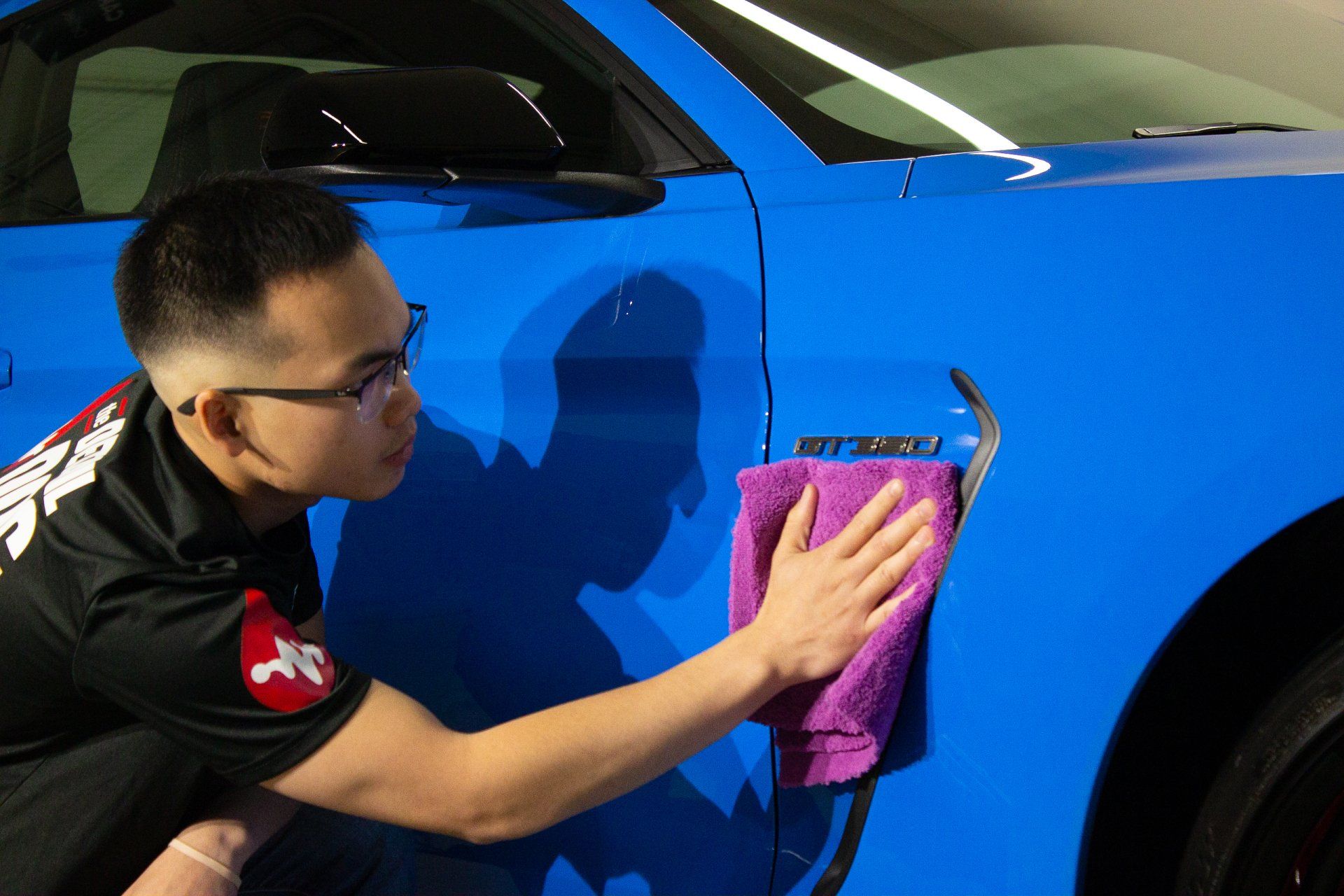
What is Ceramic Coating?
Cars that are brand new have a clear coating that is included with the paint. This coating wears out and fails to protect the car's paint over time, leaving your vehicle vulnerable to scratches, paint chipping, rust, and the environment. Many car owners use wax or paint sealant, but these are only temporary fixes.
Enter the ceramic coating process. A ceramic coating is essential for preserving the luster of your vehicle. The hardness level distinguishes the normal clear coating from the ceramic coating. Normal clear coatings have a hardness level of between 2H and 4H, whereas ceramic coatings have a hardness level of 9H+ after curing.
Ceramic coatings are applied in layers to create permanent shields that flex with vehicles, providing the most durable protection. Unlike paint sealants, they leave the vehicle's surface gleaming and protect it from rust and other environmental factors for years.
Step-by-Step Guide to the Ceramic Coating Process
Ceramic coatings are chosen by car owners for a variety of reasons. Some people want to improve the appearance and depth of their vehicle's paint. Others are looking for the best protection against sticky substances, UV rays, and difficult-to-remove bird droppings. The ceramic coating's hydrophobic effect is also appealing to car enthusiasts.
Regardless of your reason, applying a ceramic coating will be a worthwhile investment. Applying ceramic coating can be intimidating, especially if you lack experience or the necessary tools. It is best to delegate this task to professionals. The most difficult aspect of the ceramic coating process is preparing your vehicle.
Step 1: Visit The Car Wash
Start surface prep by washing your car to remove all dirt. Proper wash using a hose pipe or a pressure washer will eliminate any superficial grime on the car's surface. Experts recommend using wax-free or gloss-free soap to strip off any remaining glazes, waxes, or sealants. After you are finished washing, ensure it is completely rinsed to remove swirl marks.
If you are hand washing, be careful not to use soap with harsh chemicals to protect your paint job. Leaving any surface particles will act as a barrier between the paintwork and ceramic coating and prevent it from properly bonding. Take your own vehicle to a professional car wash if you don't have the right cleaning equipment.
Step 2: Remove all Iron Particles
Iron deposits on the surface of the clear coat of used cars are common. Iron deposits, also known as industrial fallout, are fine iron dust that is spread around your car after routine tasks such as braking. The iron deposits attach themselves to the clear coat of your car's exterior. Before removing the debris, let your car sit under a shade.
The car should also be wet, so do this step immediately after washing it. Allow an iron removing spray or clay bar lubricant to sit for a few minutes. There will be reddish-purple streaks running down. This will notify you that it is operational. After that, thoroughly rinse your car. If not properly removed, iron dust will remain trapped beneath the ceramic coating for years, causing irreversible damage and wreaking havoc on your paint.
Step 3: Polish your Car
This step is required for all vehicles before applying the ceramic coating, whether new or used. You also have to do paint correction from normal wear and tear. Polishing is done in two stages.
The first stage removes any imperfections on the surface of your car, such as stains, marring, or swirl marks. The second stage leaves the entire vehicle's exterior with a glossy and scratch-free look. Ensure you use a high-quality polishing pad.
Step 4: Degrease your Exterior
Wipe the exterior of your car with a degreasing chemical to remove any waxes, oils, or other residues that may have been applied while polishing. To remove polishing residue, you can also use an Isopropyl Alcohol solution. For best results, use a lint-free premium clean microfiber cloth or clean microfiber towel in a circular motion, according to experts.
Step 5: Apply Ceramic Coating
The final step is to apply the ceramic coating after you have ensured that your vehicle's exterior is residue-free and clean. At this point, you must decide whether you want to complete the entire process on your own or hire an expert.
Find the Perfect Ceramic Coatings Professional
You have the option of applying the ceramic coating yourself. However, the application process necessitates a high level of expertise. A professional will do the prep work and advise you on which high-quality ceramic coating will work best for your vehicle. Nano ceramic coating are oversaturated on the market making it hard to choose the best one.
A high-quality ceramic coat will not only last longer, but will also give your car a new sheen for years without the need to constantly polish or wax it. You don't want anything to go wrong, or you'll be left with an unsightly semi-permanent finish. Allowing a professional to do it for you will save you a significant amount of time and money in the long run.
Choose The Detail Doc for your Ceramic Coat Application in Bay City, MI
We understand how much car enthusiasts value their vehicles at The Detail Doc. As a result, we provide high-quality ceramic coatings at reasonable prices. Carpro Cquartz ceramic coatings are only available to the top 1% of detailers worldwide, ensuring that you are getting the best quality.
Our company specializes in vehicle preservation and is built on the principles of quality, integrity, and relationship-building. We value our clients and work hard to develop relationships with them. We value quality over quantity and strive to exceed our clients' expectations. Other high-quality services we provide include window tinting and paint protection film.
Visit us at 6004 Westside Saginaw Rd, Bay City, MI, USA, for more information on ceramic coatings. You can also make an appointment by calling (989) 244-0505.

